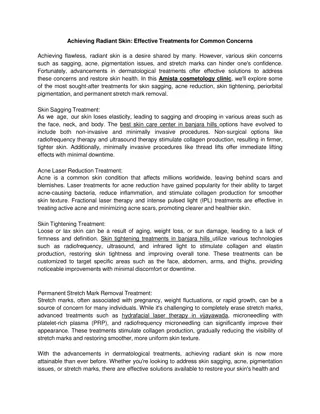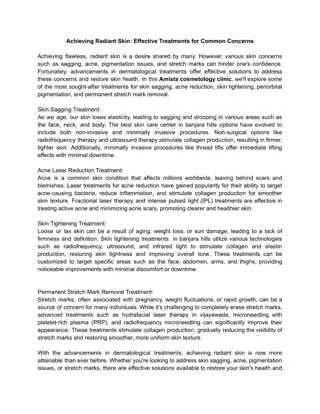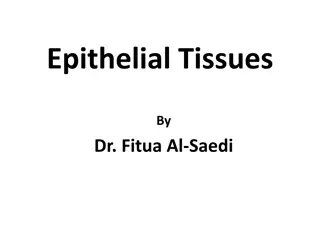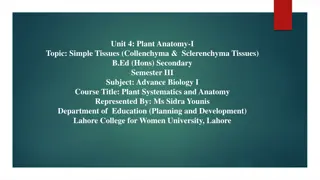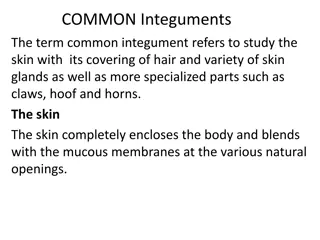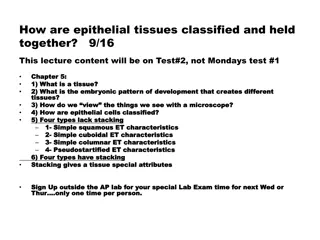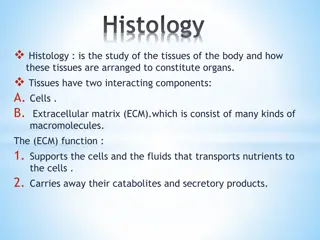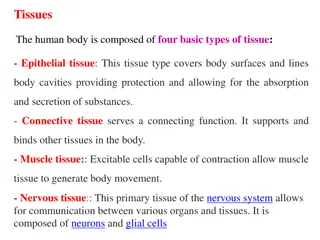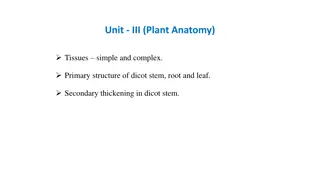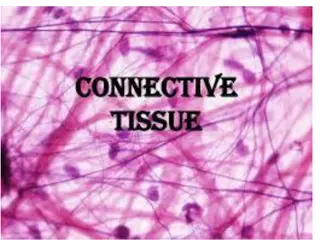Skin and superficial tissues
This content provides detailed information on skin, muscles, nerves, and bones along with causes, management, characteristics, minor injuries, traumatic events, intracranial hemorrhages, and clinical features related to these tissues. It covers topics such as cephalhematoma, iatrogenic causes, and complications like fractures, hemorrhages, and their clinical manifestations.
Download Presentation

Please find below an Image/Link to download the presentation.
The content on the website is provided AS IS for your information and personal use only. It may not be sold, licensed, or shared on other websites without obtaining consent from the author.If you encounter any issues during the download, it is possible that the publisher has removed the file from their server.
You are allowed to download the files provided on this website for personal or commercial use, subject to the condition that they are used lawfully. All files are the property of their respective owners.
The content on the website is provided AS IS for your information and personal use only. It may not be sold, licensed, or shared on other websites without obtaining consent from the author.
E N D
Presentation Transcript
Skin and superficial tissues Muscles Nerves Bones
CAUSES IATROGENIC Forceps blade Vaccum extractor cups Scalp electrode Scalpels Poorly applied forceps blade or vacuum extractor cups Fetal blood sampling Incision of uterus at cesarean section
MANAGEMENT Keep the site clean and dry
CEPHALHAEMATOMA It is the collection of blood in between the pericranium and flat bone of the skull It is unilateral Over the parital bone
CAUSES Rupture of small veins Fracture of skull bone
CHARECTERISTICS Never present at birth Gradually develops after 12-24 hours Swelling is limited by the suture lines Circumscibed,soft,fluctuant and incompressible Their may underlying fracture of the skull
MINOR INJURIES FRACTURE SKULL
TRAUMATIC ANOXIC PRIMARY HAEMORRHAGE
EXTRADURAL HAEMORRHAGE Fracture skull bone SUBDURAL Fracture skull bones Rupture of small vein
CAUSES Excessive moulding Rapid compression during the delivery Forcible forceps traction Wrong application of blade
CLINICAL FEATURES Baby delivered stillborn Respiratory depression High pitch cry Neck retraction Incoordinate ocular movement Convulsion Vomiting Bulging of anterior fontanelle
INTRAVENTRICULAR Common in premature infants Due to intense congestion SUBARACHNOID Due to tear of tributary veins INTRACEREBRAL Small petichial haemorrhage due to anoxia
PREVENTION To prevent or detect earlier To avoid traumatic vaginal delivery To extend the use of cesarean section Administration of vitK intramuscularly
DIAGNOSIS USG Doppler ultrasonography CT Scan MRI
TREATMENT Quite surrounding Incubator Cleanliness of air passage Avoid hypoxemia Restrict handling NG Feed Fluid balance Vit K Antibiotic Anticonvulsant




